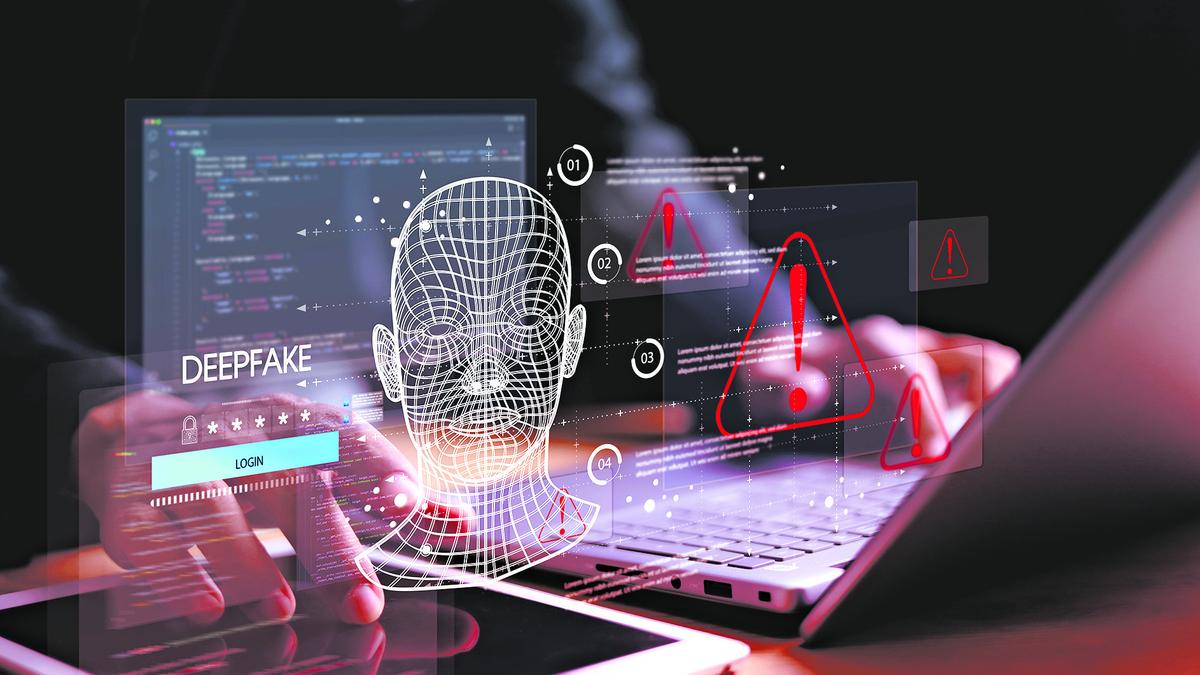The sharp rise in cybercrime has been driven largely by cases under Section 66D (‘cheating by personation using a computer resource’), especially in Karnataka.
According to government data, cybercrimes such as fake job offers, online investment frauds, fraudulent social media profiles, and impersonation scams have surged in recent years. The increase is most pronounced in Karnataka, which, in 2023, accounted for more than 70% of all such cases in India. Also, only about one in four such offences is charge-sheeted, and only around one in three of those that reach court ends in conviction. This suggests that many perpetrators go scot-free.
These types of cybercrimes fall under Section 66D of the Information Technology Act, 2000, which states: “Whoever, by means of any communication device or computer resource, cheats by personating, shall be punished with imprisonment of up to three years and a fine of up to one lakh rupees.”
India has seen a sharp rise in cybercrime cases — from about 53,000 in 2021 to 66,000 in 2022 and roughly 86,400 in 2023. Karnataka alone accounted for more than a quarter of all cases reported nationwide in 2023.
The below map shows the state-wise share of total cybercrime cases across India in 2023.
Karnataka’s share of India’s total cybercrime cases fell from a pre-pandemic high of over 25% in 2019 to 21% in 2020, 15% in 2021, and 19% in 2022, before rising again in 2023, as shown in the chart below.
The sharp rise in cybercrime has been driven largely by cases under Section 66D (‘cheating by personation using a computer resource’), especially in Karnataka. In the State, Section 66D’s share of all cybercrime cases rose from 8.5% in 2019 to 70% in 2021 and 83% in 2023. Nationally, 66D’s share in all cybercrime cases increased from 12% in 2019 to 21% in 2021 and 29% in 2023, as shown in the chart below.
The cybercrime cases under 66D include instances such as the ‘deepfake’ video of actor Rashmika Mandanna that went viral in 2023. During the same year, a person posing as an official from the Telecom Regulatory Authority of India cheated a senior officer in the State Finance Department, which again falls under this Section. Another recent example is a case registered this month in Kashmir against five people for allegedly circulating a forged National Health Mission job selection list.
However, Karnataka should not be singled out as a cybercrime hotspot simply because case numbers are rising. Higher counts may reflect better trained police and more proactive recording of crimes. Karnataka was the first State to establish a dedicated city-level cybercrime police station. Under the Bengaluru City Police, eight cybercrimes, economic and narcotic offences units were set up in March 2017.
Nationally, the worrying trend is that while cybercrime numbers are rising, both the police charge-sheeting rate and the conviction rate in courts remain dismal.
In 2023, the charge-sheeting rate for Section 66D offences was just 25% in India (one in four), below the overall cybercrime average of 33.9%.
The conviction picture is troubling too: for Section 66D, only 33% (one in three) of cases that reached trial ended in conviction in India, only slightly higher than the 27.6% conviction rate across all cybercrime cases, as shown in the chart below.
Such low conviction rates raise questions about gaps in investigation, evidence handling, and legal preparedness. At Shield 2025, a cybersecurity conference held in Hyderabad earlier this year, a retired Supreme Court judge said the judicial system needs specialised training for lawyers, prosecutors, and judges handling cybercrime. In the same conference, Inspector General (Cybercrime), Rajasthan, voiced similar concerns, stressing that investigating officers must be digitally adept and be trained to respond quickly.
Source: National Crime Records Bureau (2019-2023)
Published – October 16, 2025 07:00 am IST
